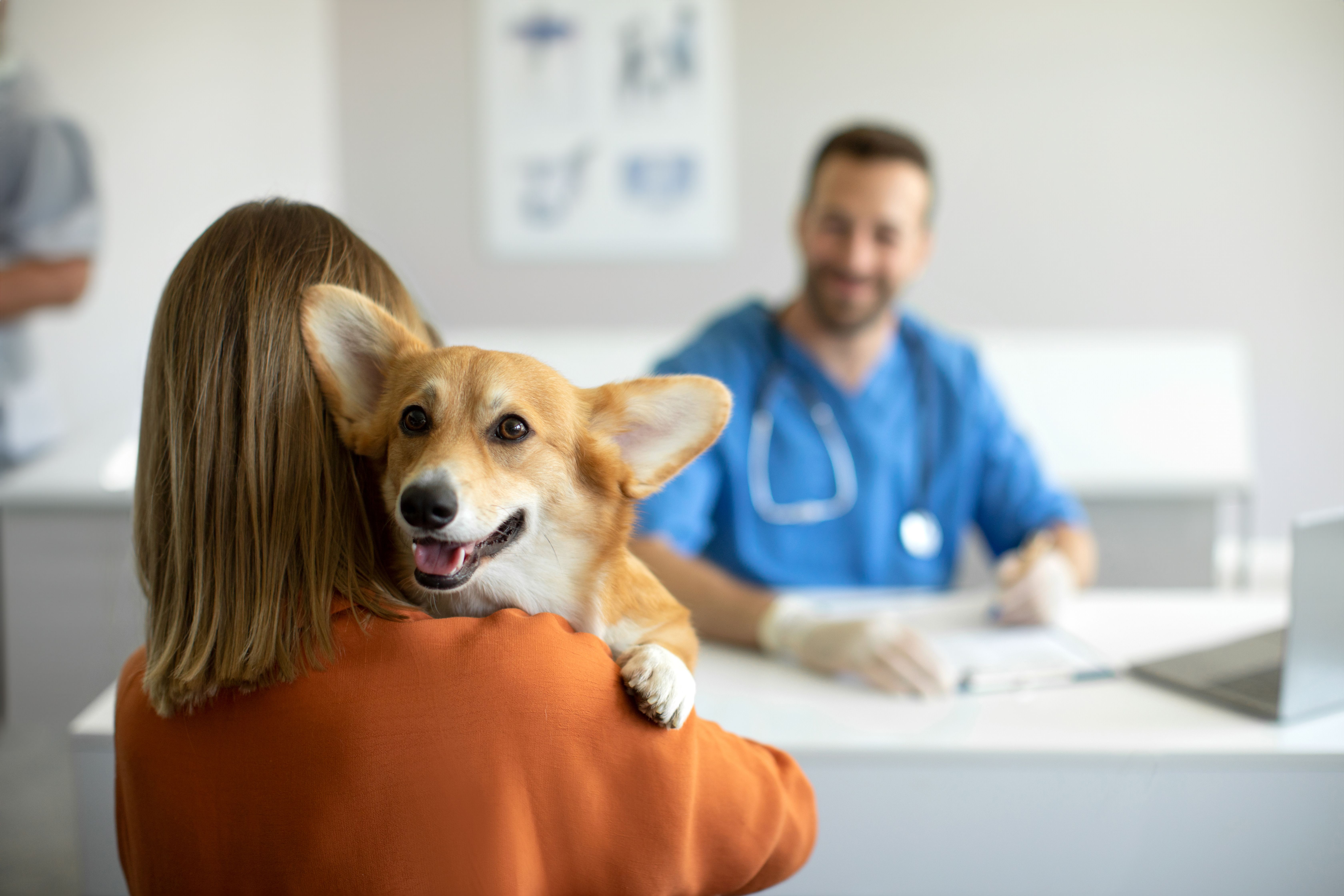Exam room upselling
Where do you draw the line between upselling and ensuring a pet’s health and wellness?
Home-stock / stock.adobe.com

Veterinary care usually begins in the exam room. That being said, the Tate Animal Hospital was having a problem with its exam room protocol. As a rule, the pet and pet owner are escorted into an exam room and greeted by a veterinary technician who notes basic history and vital signs. Some seasonal and age-related suggestions are mentioned for the owner’s consideration. Then the veterinarian enters the room and addresses the specific issue for the pet’s visit.
However, this basic exam room protocol recently has morphed into a more complex presentation, causing a bone of contention among staff members. The hospital manager scheduled a staff meeting to discuss the issues.
Certain veterinarians and technicians felt the exam room experience had too much of an upsell vibe to it. The staff had been encouraged to mention blood work for older dogs, preventive parasite medication promotions, dental assessments, and additional available procedures. At first blush, this seems an appropriate discussion to have with a pet owner, though several staff members felt it was too much information to be discussed during a visit. Some clients have even remarked they thought the staff was pushy when mentioning these services. Meanwhile, the hospital manager and some staff veterinarians felt all of this was important to share with the client.
The consensus approach was an effective compromise. What is discussed in the exam room should be related to the individual risk assessment of each patient. Owners of younger pets should be made aware of microchips, pet insurance, and noncore vaccines consistent with pet lifestyle choices. Owners of older pets should be advised of the importance of yearly blood screenings, senior onset dental disease, and arthritic assistance protocols. There is no doubt the information presented in the exam room leads to an increase in sales of medical diagnostics. This, however, should never be perceived as a self-aggrandizing upsell, but rather as a helpful suggestion to maintain the pet’s health and well-being.
The profit motive in veterinary practices is always present. After all, veterinary medicine is a combination of a medical facility and a for-profit small business. There is always a temptation for the profit incentive to outweigh sound medical judgment. This must be resisted at all costs. The best way to maintain proper ethical balance in these 2 areas begins and ends in the exam room. The rapport among pet, pet owner, and veterinarian is established during exam room meetings. This is where a relationship based on competency and trust is established. This can be easily undermined when staff is encouraged behind the scenes to push certain optional products and procedures during exam room visits. The Tate Animal Hospital staff discussed these issues and adjusted their exam room recommendations to meet the needs of their pet patients and perceptions of their clientele. Do you have further recommendations for the Tate Animal Hospital exam room discussions? We would like to know.
Rosenberg's response
The caring one-on-one interaction between a veterinary clinician and a pet owner can never be replaced by a tutorial, Zoom call, or artificial intelligence tools. Ethical and professional motives will lead to healthy pets and a satisfied clientele. These motives have led to lucrative practices for many years and will continue to do so. Always remember to wear your professional hat and you can’t go wrong.
Marc Rosenberg, VMD, is director of Voorhees Veterinary Center in Voorhees, New Jersey. Although many of the scenarios Rosenberg describes in his column are based on real-life events, the veterinary practices, doctors, and employees described are fictional.
